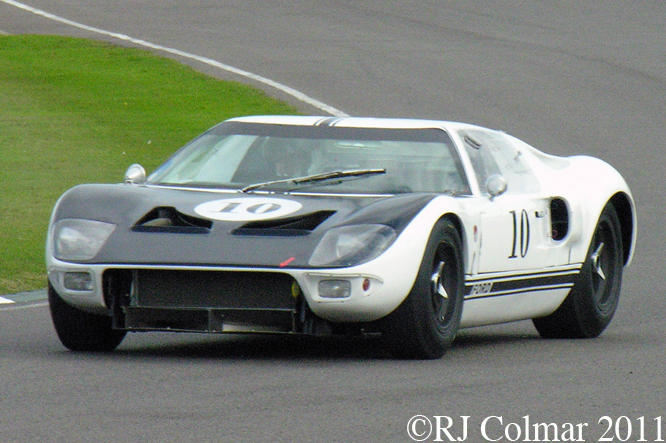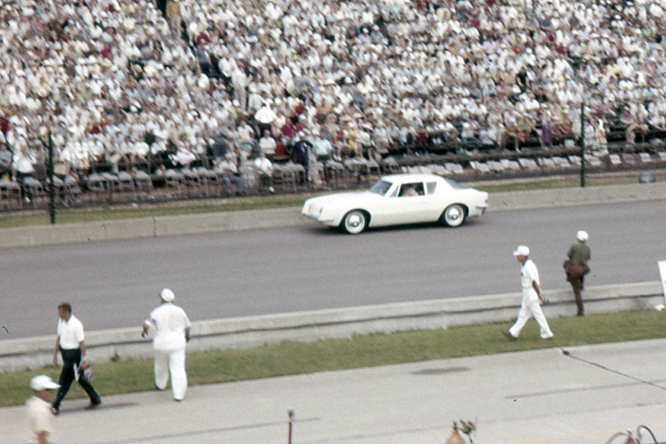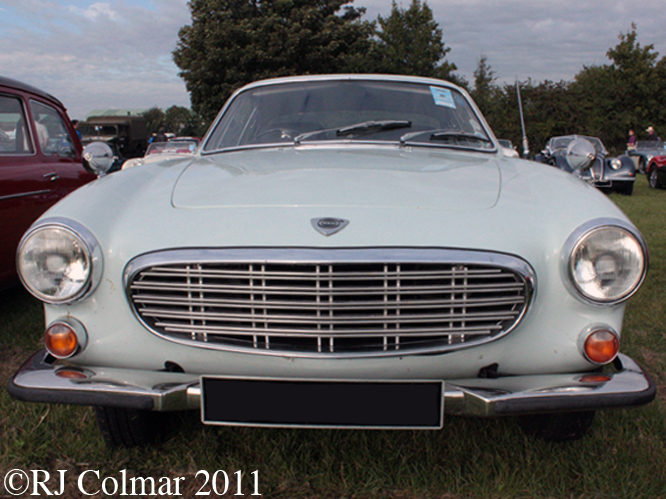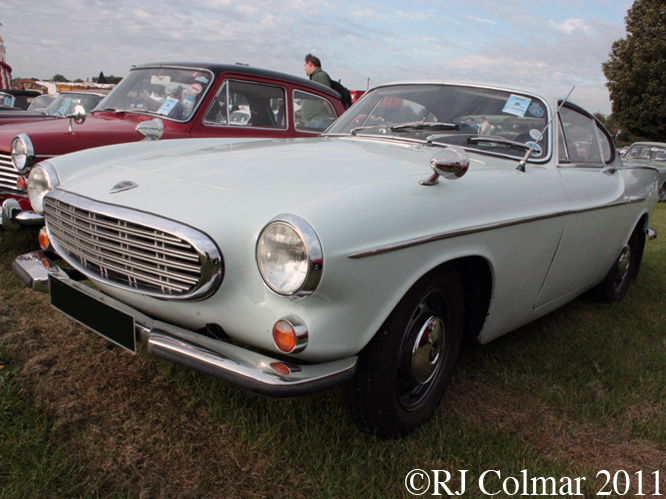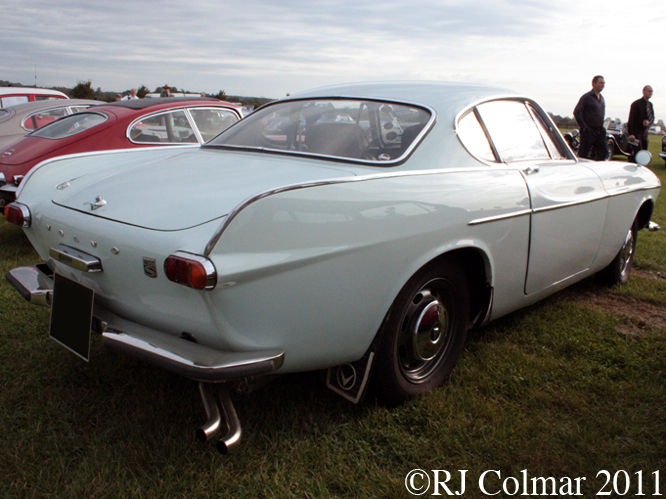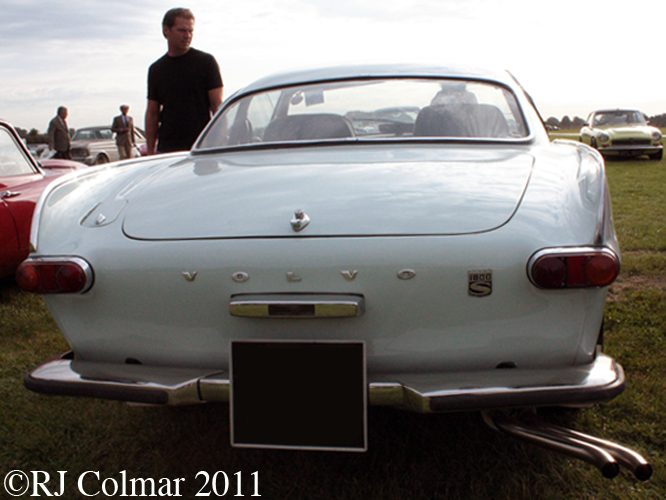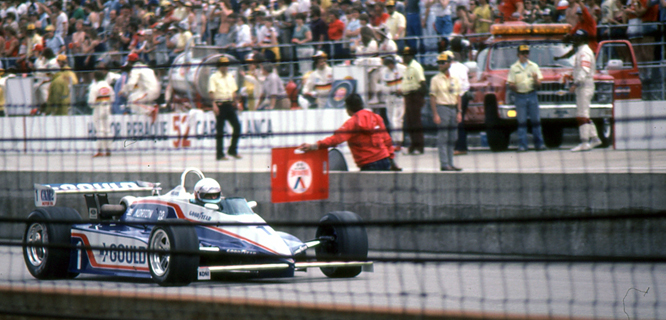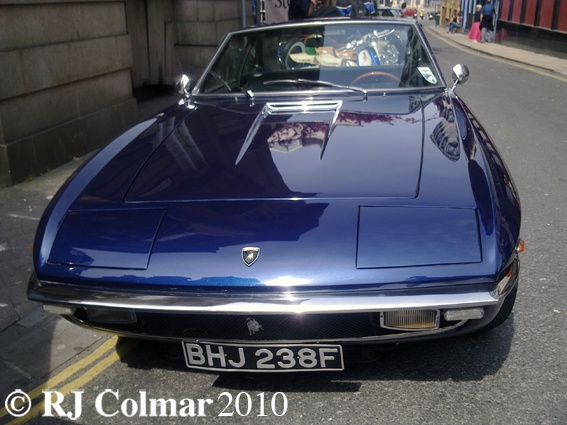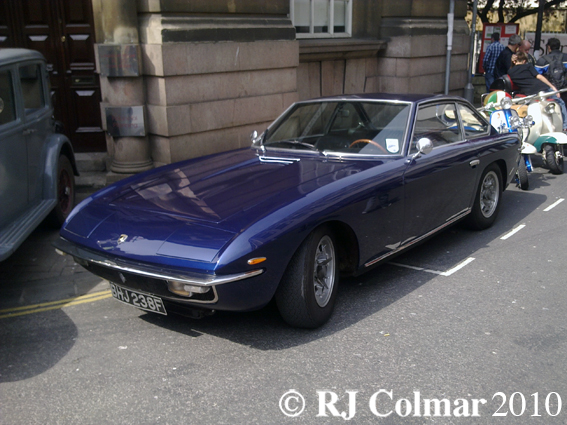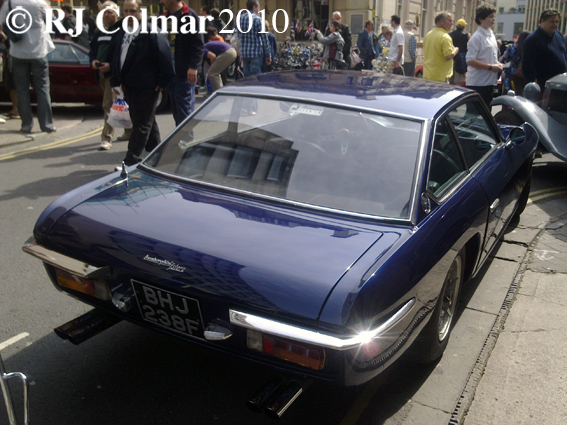Between 1952 and 1953 Rodney Nuckley, believed to be related to one of the directors of the Warrior Tap & Die Company in Hertfordshire, was carving out a winning reputation as a driver of Cooper Cars in the open wheel Formula 3 and Formula 2 series, particularly in Scandinavia. He crashed his Cooper Bristol Formula 2 car at the end of season Snetterton meeting in October 1953.
Rodney, who had driven under the Ecurie Richmond banner, commissioned engineer and Ecurie Richmond mechanic Bernard Roger to design a 2 litre sports car chassis using the Bristol engine and transmission from the Cooper.
The Warrior chassis featured de Dion rear suspension and Cooper 4 lug wheels, the sinuous body is said to have been the handy work of Williams and Pritchard.
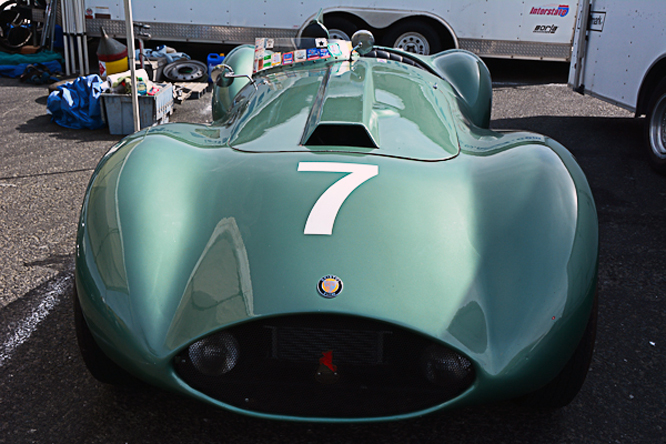
Known race records for the Warrior show that Formula 3 driver Roger Biss drove the Warrior on it’s debut at Siverstone in May 1954 to a 4th place finish.
Rodney’s only outing in the car, appears to have been, at the British Grand Prix meeting at the same venue two months later where he recorded a 9th place finish (3rd in class), soon after winning at least once more in a Formula 3 race run at Västkustloppet in Sweden in July 1954 Rodney appears to have stopped racing.
Roger Biss then appears to have taken over ownership and the driving duties of the Warrior scoring best finishes of 2nd at Brands Hatch and Silverstone in 1955.
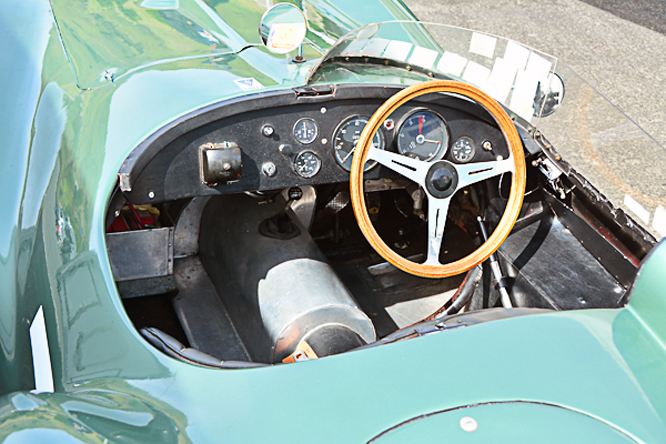
By August of 1955 the Warrior was acquired by JD Lomas and from the only known results appears to have won the 2 litre sports car race at Aintree on the cars debut and finished at the some venue on the same day in the handicap event.
The Warriors next owner, Bernie Arnold, took the car to Macau where it appeared in the 1956,’57 and ’58 Macau Grand Prix and in 1960 Bernie won the Johore Coronation Grand Prix driving the Warrior.
When the Bristol motor expired Bernie replaced it with a Jaguar motor and in that form Tim Robertson drove the car to win the sports car event at the 1970 1970 Singapore Grand Prix.

The Jaguar motor was replaced with an original spec Bristol motor when the Warrior was restored by Ian Boughton in Western Australia after he bought it in 1978.
The Warrior painted red remained in Australia from the 1970’s until 1999 when Dick Willis sold it to Jack Perkins in California.
My thanks to Geoffrey Horton for sharing his photo’s of the Warrior Bristol which were taken at Sonoma Historics earlier this year and to Dick Willis and everyone who contributed to the Rodney Nuckey thread at The Nostalgia Forum.
Thanks for joining me on this “Rodney’s Racer” edition of “Gettin’ a li’l psycho on tyres” I hope you will join me again for the story behind a unique Formula 5000 car tomorrow. Don’t forget to come back now !
PS Soon after this blog was posted Cooper997 posted a press cutting from Motor Racing December 1953 on The Nostalgia Forum which reports the build of the Warrior and goes on to say that Rodney and Bernard projected building a Formula One Car with a “modified Lagonda (David Brown type) engine.


